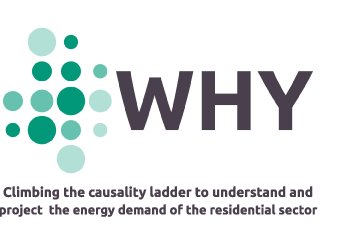Policy brief – Circular buildings: Paving the way to a net-zero industry
Sister Project newTRENDS developed its modelling approach and data basis to quantify the contribution of circular buildings to the industry decarbonisation
Why do we need the circular economy for a deep decarbonisation of the industry? What are the legislative actions needed at EU level and how could they be implemented?
In 2021, the industry sector was responsible for about 22% of carbon emissions in the European Union. Available technologies are not sufficient for a deep decarbonisation of this sector. Thus, material-based strategies grouped under the umbrella of a circular economy gain momentum in the political debate. These strategies can contribute to reduce the material demand by using materials and products efficiently and repeatedly avoiding adverse impacts, while enabling further economic growth. In the context of industry decarbonisation, circularity addresses material production in the hard-to-abate sectors, with the potential to reduce carbon emissions. Moreover, circularity can reduce the demand for secondary energy carriers required for the decarbonisation of these sectors and thus, the overall transformation costs. Buildings are one of the main demanders for energy-intensive materials such as steel and concrete (including the precursors cement and clinker), responsible for a large share of carbon emissions in the industry sector. Furthermore, several studies showed that a circular economy can contribute significantly to reduce the demand for building materials. The newTRENDs team modelled a reference case for the steel and concrete demand in buildings until 2050. If building use and construction method do not change, the material demand will increase and drive industry emissions. It is therefore crucial to reduce the prospective demand for building materials to achieve the European climate goals.





